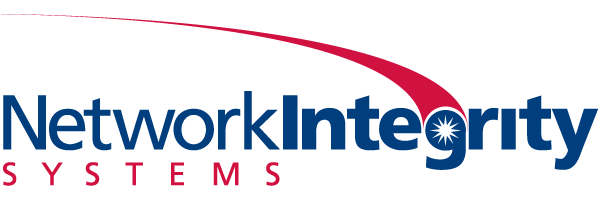Despite the belief that encryption is the only way to keep your company’s customer and propriety information safe, there are many downsides to consider. These downsides include open points of vulnerability that allow for data theft, a significant decrease in the throughput of your network, high implementation and management costs, and cumbersome processes. Also, using encryption alone to secure your data does nothing to ensure the integrity and availability of your network when you need it.
Network Infrastructure Vulnerability
In most encrypted network architectures, there is a defined point of vulnerability on the network infrastructure where the encryption reaches a demarcation point allowing un-encrypted sections of the infrastructure to be exposed. (Often this in a secure IDF closet or an area deemed “Secure Open Storage”.) These un-encrypted sections provide an area to tap and steal the unencrypted data. In addition, whether the infrastructure is encrypted or not, encryption does not prevent or detect physical attacks on network infrastructure or pathways that could take down the network. 
Encrypted Data Still Leaves You and Your Customers at Risk
When encrypted data is stolen or compromised, it’s no secret that given enough time and compute power, or a discovered flaw, an adversary can most likely break the encryption code. Add the ongoing global debates about government access to encrypted information that may introduce back doors open to hackers, and encryption effectiveness could be impacted further.
How long would it take to even know if your encrypted infrastructure had been tapped, a listening device was placed on your network, or that the infrastructure was being sabotaged? How long would the intruder go under the radar having access to your data? The only way to know in real-time what is occurring on your network is by monitoring and alarming your network infrastructure.
High Network Bandwidth is Important to the Operations of Your Business
Encryption can cause a severe constraint to your bandwidth capabilities. Depending on throughput requirements, major hurdles can present themselves when implementing encryption. For example; if you’re newly installed data-center fiber optic network is running at a 40 Gbps or higher speeds, encryption most likely will not follow suit. If your Encryption devices are only capable of 10 Gbps, the constraints are obvious. There are encryptors that can match higher network speed, but those come with a large price tag while still not fully protecting your data. Without infrastructure protection, there is no guarantee that the network infrastructure itself is not at risk.
Time and Operational Costs Are Important
In many organizations, using encryption brings about daily cumbersome Encryption-key Management processes and the necessity to have someone on staff to perform those processes.
The Solution
Network Integrity Systems provides solutions that cost-effectively secure your data, ensure network availability, give you 100% of your available bandwidth, and only require your valuable time if an incident occurs. The INTERCEPTOR CS Optical Network Security System has been securing classified networks for the U.S. Government, Military and Defense Contractors since 2003. The VANGUARD™ CS Optical Intrusion Detection System has been deployed around the world to protect the networks of major cloud service providers and private enterprises. INTERCEPTOR™ and VANGUARD™ are part of our Converged Cyber and Physical Security (CCPS) architecture. Visit our website to learn more or contact us to talk to one of our Sales Engineers about your specific needs.

.png?width=760&height=760&name=Proud%20FOSA%20Member%20(1).png)